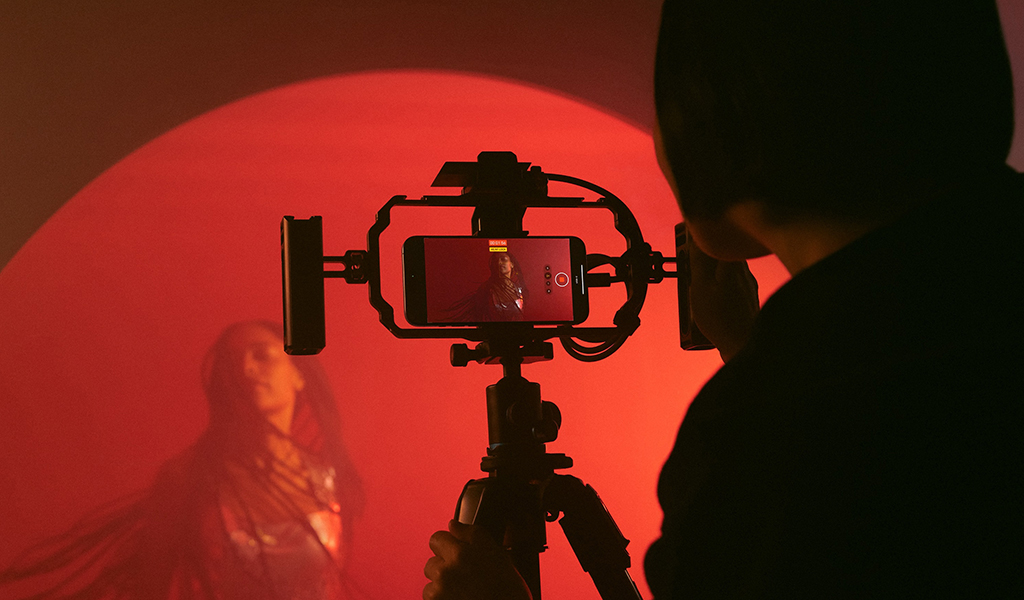
Apple is releasing a new set of phones with the iPhone 15 and 15 Pro, plus new Apple Watches to freshen up that lineup. All of the devices are modest upgrades from their predecessors, though some of the changes will be consequential going forward.
iPhone 15 and iPhone 15 Plus
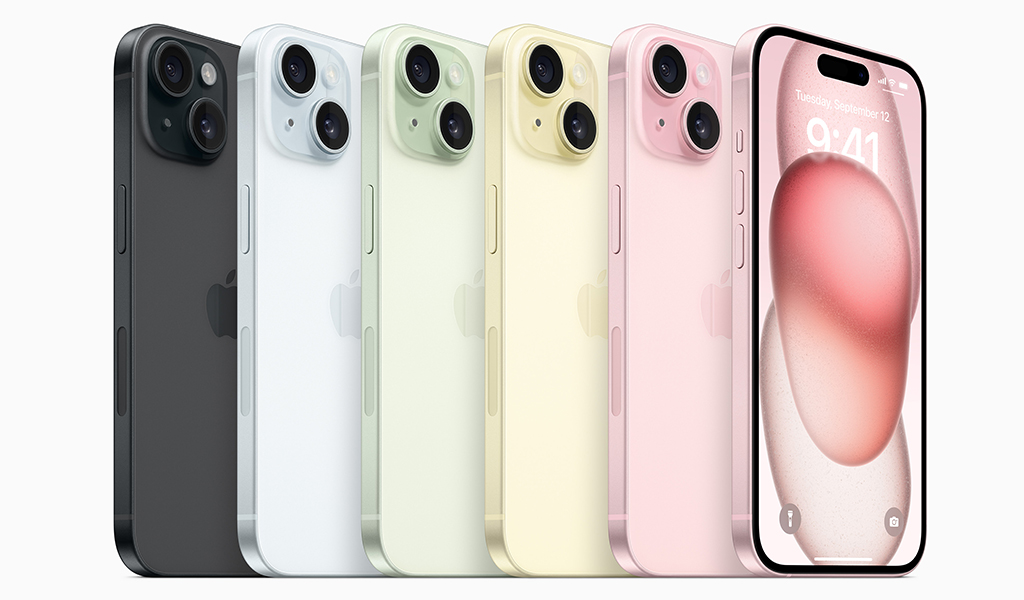
Apple’s new phones maintain the same sizes from the iPhone 14 and 14 Plus. Starting with the iPhone 15, it keeps the same 6.1-inch Super Retina XDR display, while the iPhone 15 Plus sticks with its 6.7-inch Super Retina XDR display. Both have Ceramic Shield glass for better protection to make them tougher than their predecessors out of the box.
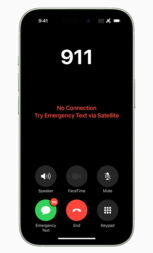
They also benefit from some features passed down from past Pro models. Dynamic Island is a key one, where you get a widget “growing” out of the front camera cutout to show contextual information you can interact with. For example, you can see who’s calling, view turn-by-turn directions, control audio playback and confirm paying with Apple Pay straight from it, though there are plenty more integrations that come into play as more apps support the feature.
You also get two new rear cameras for both phones, a 48-megapixel main camera that can also double as a telephoto shooter by using quad-pixel sensor technology. In essence, the image sensor focuses on the 12-megapixels that are closer to the centre of the frame, basically creating a crop of the wider 48-megapixel image. Doing this also means it will be easier to shoot in low-light conditions because the aperture will be wider at f/1.6. The 12-megapixel ultra-wide camera is very similar to last year’s models, providing a very broad 120-degree field of view.
Apple says machine learning within the Camera app will recognize people and pets in the frame and automatically enable portrait mode. After you’ve taken the shot, you can then adjust the focus to any point you want within the frame. That could be another person in the shot, or a thing you want to focus on apart from the main subject. You can always go back and change it anytime you like.
Pre-orders are available starting September 15 and general availability begins September 22. For colours, you get pink, yellow, green, blue, and black. For storage, you get 128GB, 256GB and 512GB.
iPhone 15 Pro and iPhone 15 Pro Max
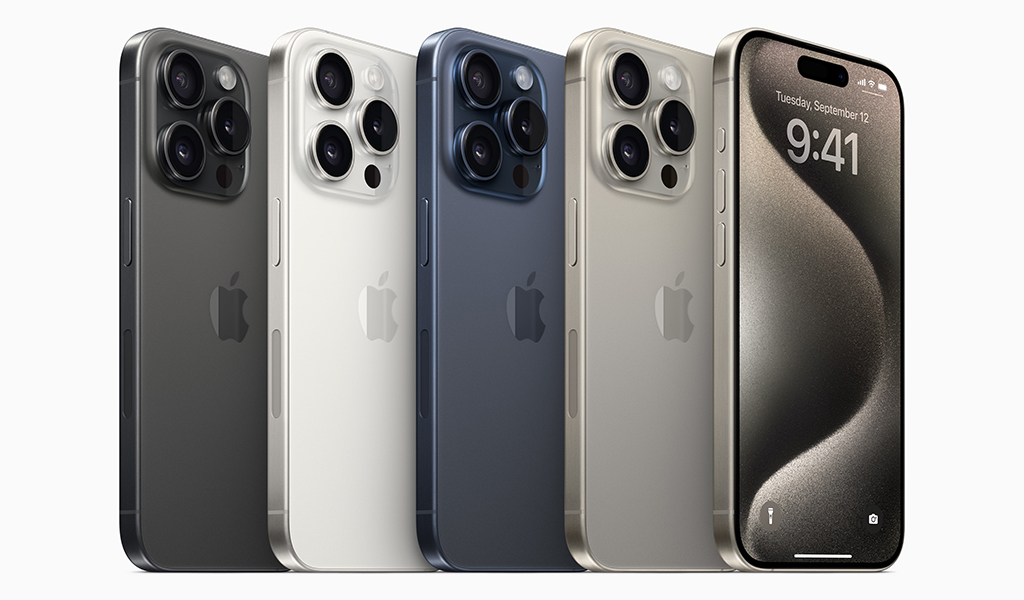
As far as size goes, Apple managed to shave things down a little with the iPhone 15 Pro and 15 Pro Max. Smaller bezels around the screens mean these two phones will be a little slimmer and a tad shorter than their predecessors. The iPhone 15 Pro comes with a 6.1-inch Super Retina XDR, while the Pro Max stays with a 6.7-inch Super Retina XDR.
There are four other big design changes to note. First, the edges are made with titanium, a tougher and lighter metal compared to stainless steel. Second, there is an Action button that replaces the mute toggle switch that’s been a staple of iPhones from the beginning. That button is customizable, so while it mutes/unmutes by default, you can set it to do other things, like launch the camera or a favourite app, for instance.
The third part is that Apple says it made changes to the phone’s interior design to make it easier to repair, which is great news. The company didn’t go into specifics, but it pointed this out despite going with similar materials, otherwise. Ceramic Shield glass still covers both sides of the phone and MagSafe is very much available on the back panel.
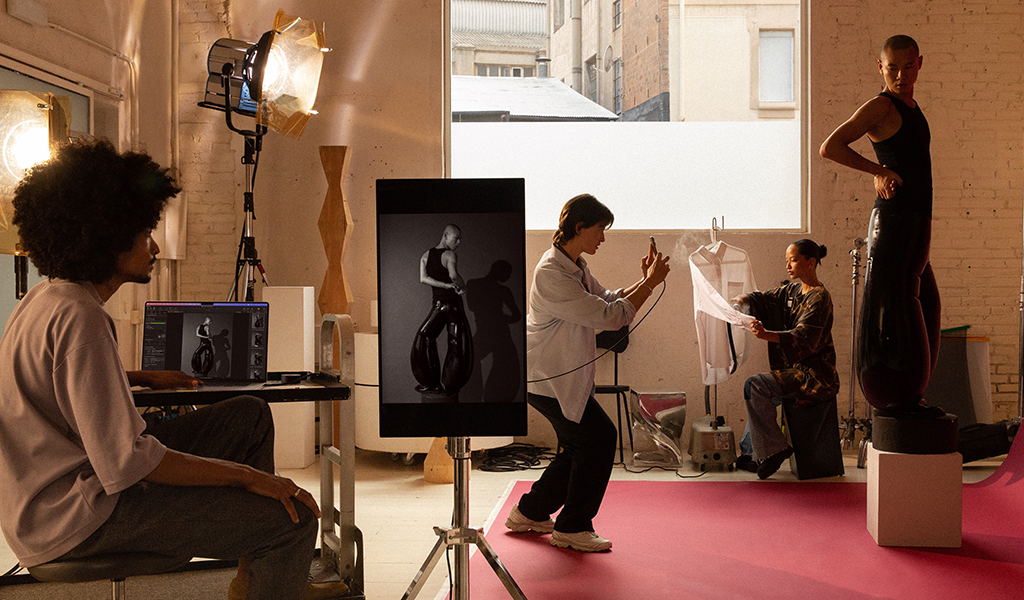
USB-C arrives on iPhone
The fourth is bringing in USB-C for the connector and charging port. No more Lightning—applicable to all four of the iPhone 15 models, so this is not exclusive to just the Pro models. That holds big implications for the kinds of accessories and devices these phones may be able to interface with. One example Apple showed was tethering an iPhone 15 Pro to a Mac during a photo shoot, where images appear onscreen right after shooting them when using a compatible software program like Capture One. (Learn more about USB-C speeds and functionality in our article, “What you should know about USB–C“)
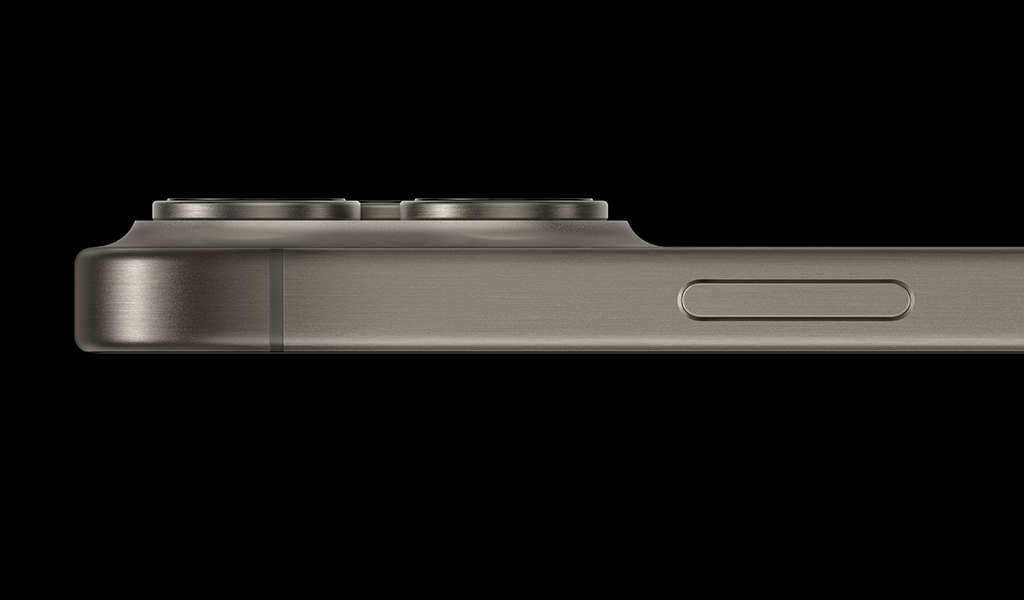
For the cameras, the two phones share everything except for one particular detail. You get a 48-megapixel main camera equipped with a larger image sensor that should prove more adept at bringing in more light. That bodes well for night and low-light shooting. But it also means Apple can offer different focal lengths using the same lens through crafty cropping and machine learning. That’s why you can choose between 24mm, 28mm and 35mm shooters.
Both phones share the same 12-megapixel ultra-wide camera as well (including macro capability for close-up shots), though they differ with the telephoto one. The iPhone 15 Pro has a 3x optical zoom, whereas the Pro Max has a 5x optical zoom, plus a longer hybrid zoom. You can still shoot in ProRAW for full resolution images, or ProRes video you can edit on a computer later. Details are scant, but Apple also says these two phones will eventually be able to shoot spatial video that you can later view through it’s upcoming Vision Pro headset.
Colour options include black titanium, white titanium, blue titanium and natural titanium. Storage options range from 256GB, 512GB and 1TB. Pre-orders started September 15 with both launching September 22.
The latest Apple Watch models
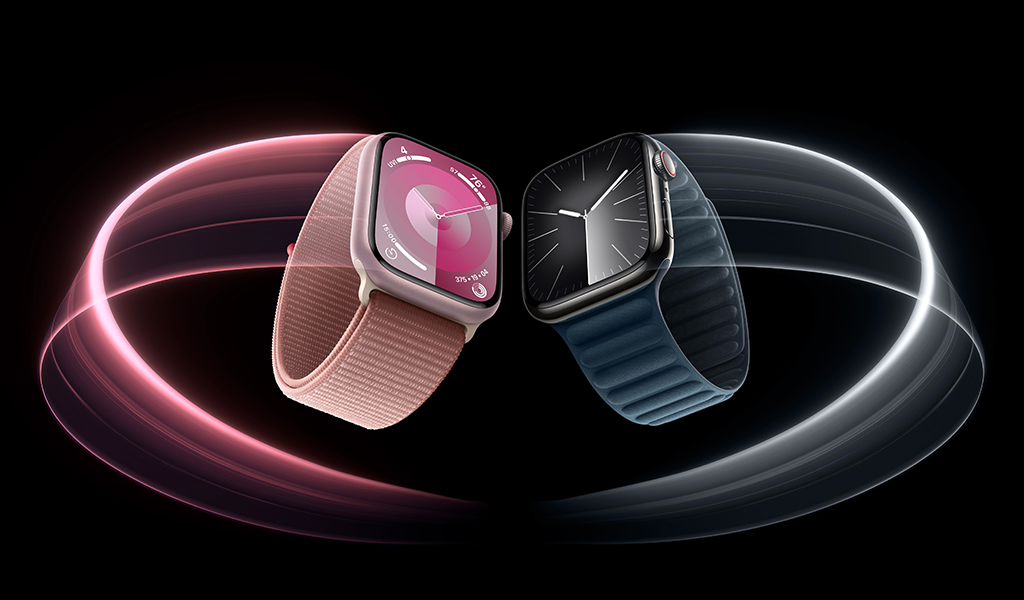
There are three new Apple Watches, all updates from their respective predecessors. Starting with the Apple Watch Series 9, the new S9 chip will reportedly deliver 30% faster speed than the Series 8. Not to mention 2x screen brightness and an ability to go all the way down to a single nit of brightness to stretch battery life further.
One of the coolest new features is Double Tap, which can take over certain controls by tapping your index finger and thumb together. For example, you can answer/end calls, play/pause music, snap a photo, and other things by simply raising your wrist and doing that. It’s an interesting way to interact with the watch without even touching it.
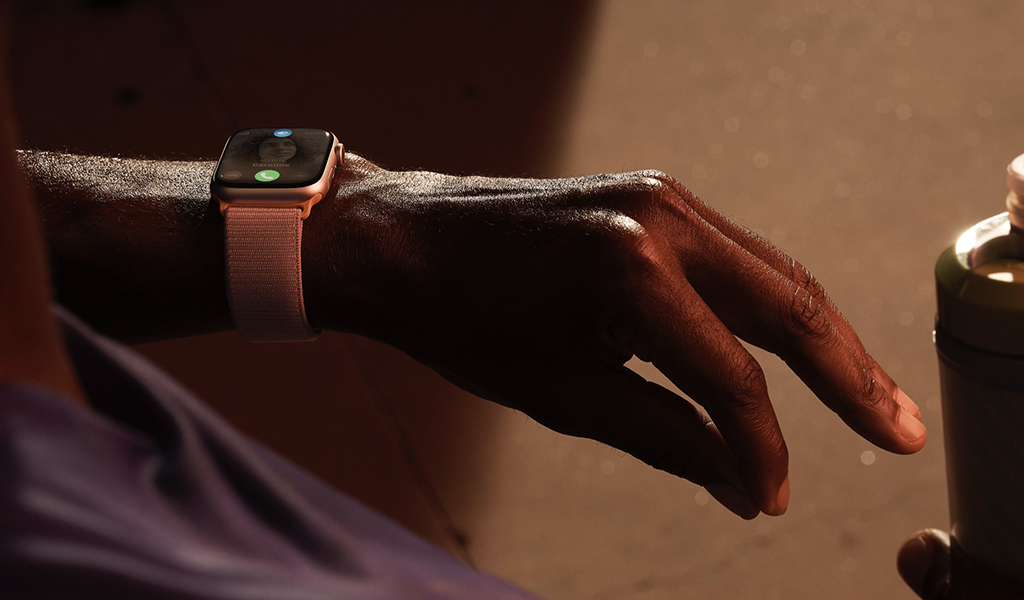
Siri is now also built-in to the Series 9 as well. For certain commands, you won’t need an Internet connection at all, letting you access data or details stored on the watch anytime. That could be setting a reminder, or turning up a note to add something, like a list, for instance. Then there’s Precision Finding, which is now better in helping to find a misplaced iPhone or AirPods. Crash Detection and SOS Emergency are also back, both of which are designed to keep you safe when you’ve either been hit or are stranded and need help.
Colour options include starlight, silver, midnight, pink and Product Red. There’s also the stainless steel version that comes in silver, gold and graphite. Pre-orders begin September 12 with availability on September 22.
Apple Watch Ultra 2
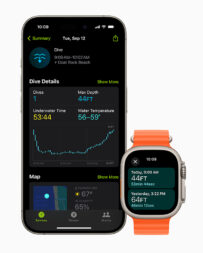
Apple is also bringing back its most ruggedized smartwatch. The Watch Ultra 2 comes with a super bright screen at 3000 nits peak brightness. That makes it much easier to see on bright sunny days, but it’s highly adaptive, so should be visible in pretty much any situation. It’s still very tough, courtesy of a titanium body, 100-metre water resistance and military standard durability. All this with 95% recycled materials for the casing.
It also works with the same S9 chip, and features the Double Tap and offline Siri support as well. Apple says that battery life should hold steady at up to 36 hours per charge, and as high as 72 hours in low power mode.
The Watch Ultra 2 is also up for grabs with pre-orders began September 12 and availability starts September 22. Colour options mostly depend on which band you want to put on it, since the casing is always the same colour.
Will you be upgrading to the new Apple iPhones and watches this fall
All of these products are coming on the same day, September 22, and you can get one in advance by pre-ordering any one of them. Check out all the Apple products announced today, including those already available right here.




